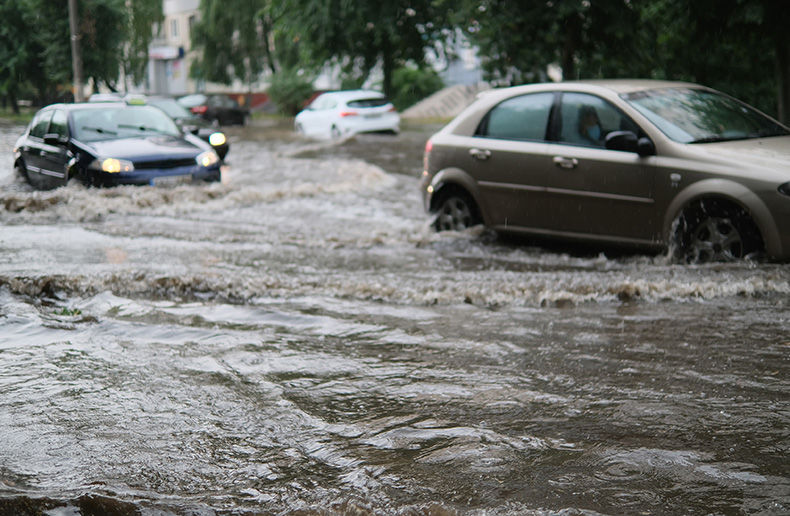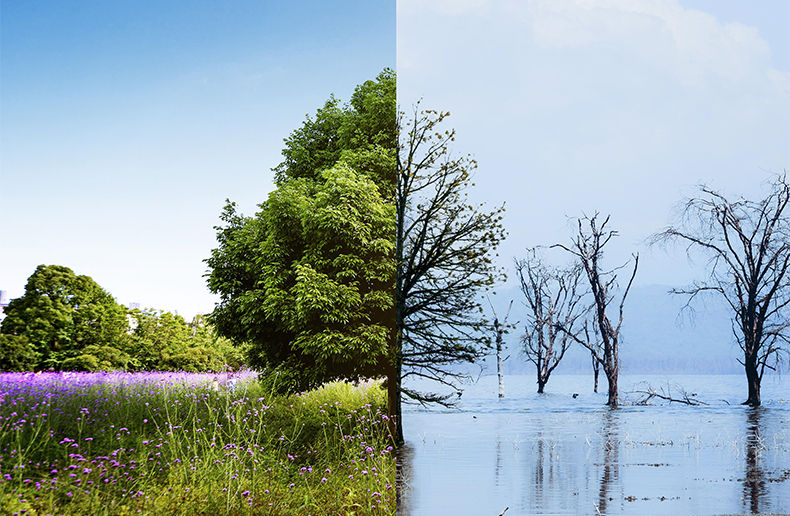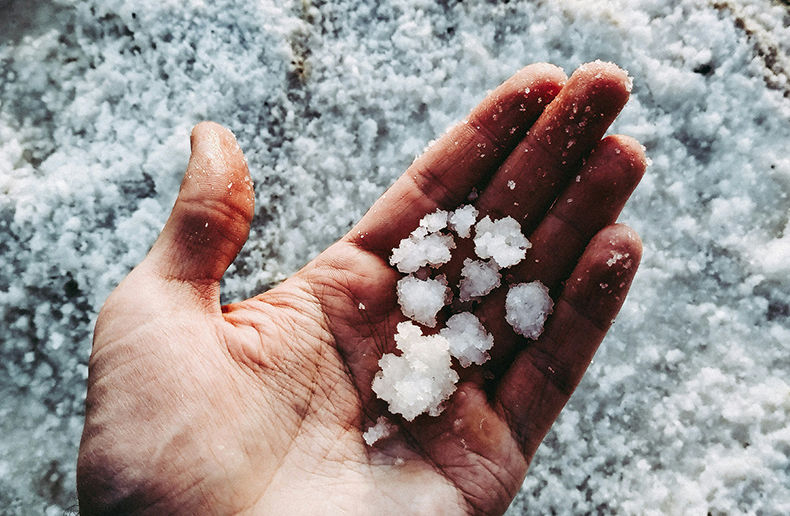An extensive and detailed new report from Gallagher Re, Natural Catastrophe and Climate Report: Q1 2024, estimates that global economic loss totals for the first quarter of 2024 have reached $43-billion (all figures in U.S. dollars). Insured losses are estimated to have reached $20-billion. That said, the report also warns about loss development – the evolution of losses over an extended period after an event has occurred.
In the report, the reinsurance company also discusses Securities and Exchange Commission (SEC) climate disclosure requirements, global temperatures, wildfire activity and precipitation extremes. It also provides a review of major events occurring during the quarter and what each has meant to the industry.
According to the report, $43-billion is 17 per cent lower than the most recent 10-year, first quarter average. The portion covered by insurers ($20-billion) is 10 per cent higher than the 10-year average of $18-billion. First quarter 2023 values were $61-billion in economic losses and $26-billion in insured losses.
Again, however, the report warns: “There is little correlation between the performance of catastrophe losses in the months of January, February and March and how the rest of the year would be expected to play out,” they write. “For context, Q1 has accounted for just 14 per cent of global economic losses for all perils during the past decade,” they add later in the report.
A potentially hyperactive hurricane season
It goes on to say the industry is watching closely, as a potentially hyperactive Atlantic hurricane season is expected. This is also expected to coincide with the shift from El Niño to La Niña conditions. They add that the U.S. mainland typically experiences more hurricane landfalls during La Niña seasons.
Excluding losses associated with earthquakes, volcanoes and other non-atmospheric driven events, they say the economic cost of climate change related catastrophes was at least $31-billion, with insurers covering $17-billion of that cost.
Canadian figures
Also examining conditions by region, they say the Great Lakes in the U.S. and Canada saw record-low seasonal ice coverage in February. “Much of the northeastern portion of the continent registered well above average wintertime warmth. Despite a stretch of seasonable or slightly cooler weather in March, most climate districts in the U.S. Great Lakes region reported a top ten warmest Q1 dating back to the late 19th century,” they write. (Conversely, parts of China and Mongolia reported some of the coldest temperatures seen there in nearly 50 years.)
Western Canada also earned a mention in the report, thanks to the mid-January surge of Arctic air in parts of Alberta, Saskatchewan and British Columbia. “In southern British Columbia, extensive damage was noted to cherry and grape crops which had already begun to sprout due to unseasonably mild temperatures earlier in the season.” Industry losses for that event are expected to top $140-million.















